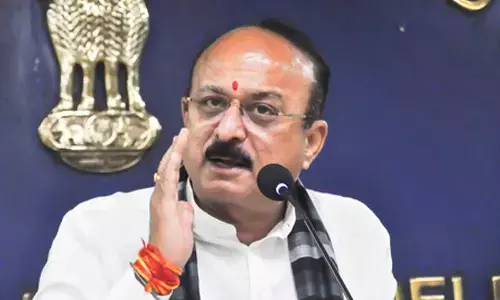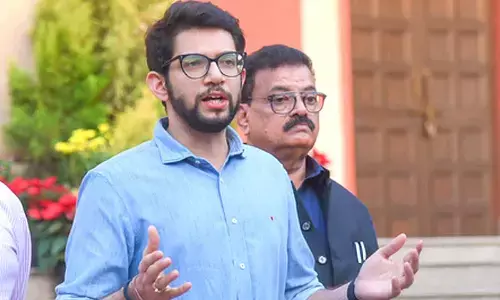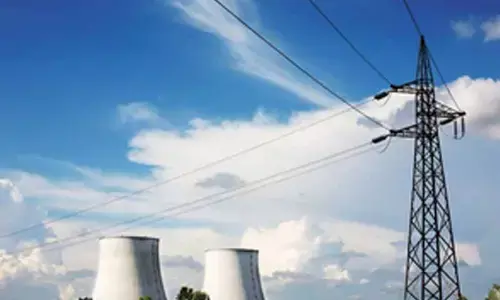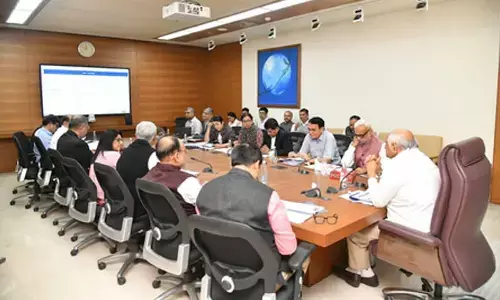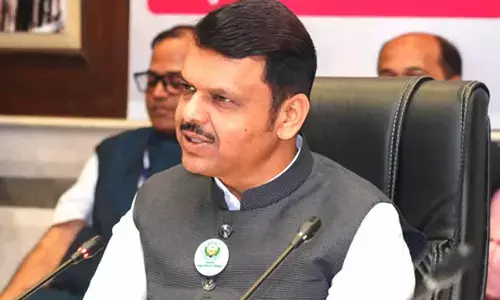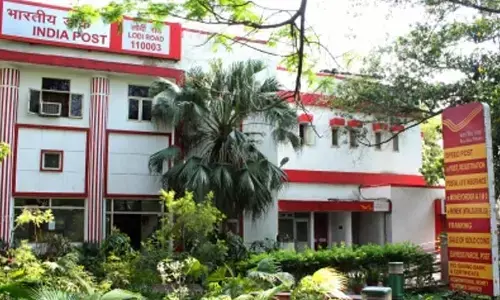Spike in burn victims in Bengaluru; treatment still unaffordable for many
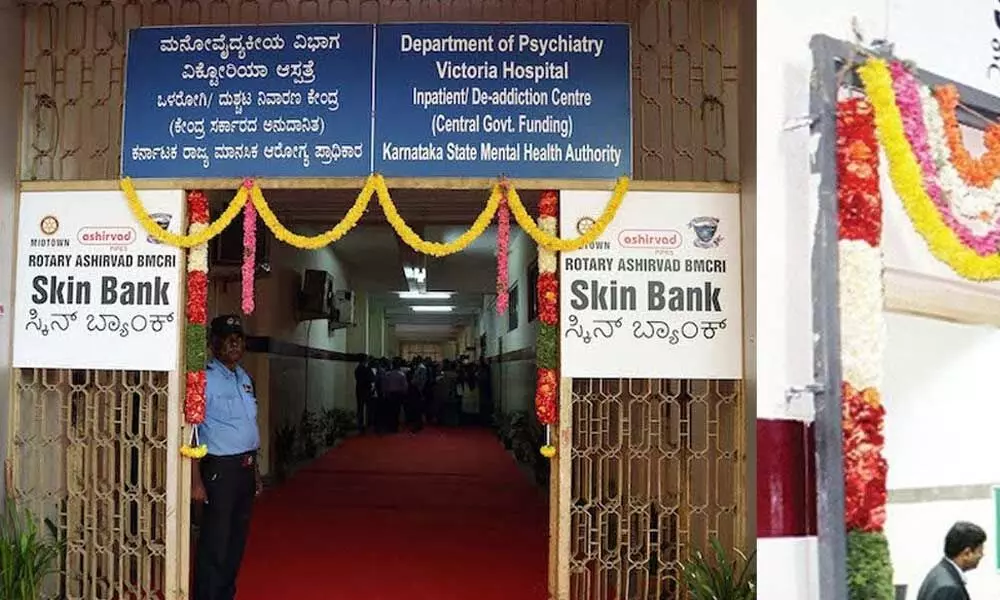
Spike in burn victims in Bengaluru; treatment still unaffordable for many
Bengaluru has been seeing a sudden rise in burn victims but doctors say that city still lags behind in providing advanced treatment due to unaffordability and lack of awareness.
Bengaluru: Bengaluru has been seeing a sudden rise in burn victims but doctors say that city still lags behind in providing advanced treatment due to unaffordability and lack of awareness. They say that patients with more than 50 per cent total body surface area (TBSA) are less likely to survive in India than in developed countries.
While in the first-degree burn, there is no need for further treatment, in the second degree, doctors have to use collagen (sheet of protein) for treatment. But in cases of third-degree burn, they need to remove the dead skin as in this case the body often rejects collagen and patients require skin grafting. Skin grafting can be a very expensive procedure depending on the burn area.
There are many materials used by doctors across the globe from pigskin to fish skin but due to various religious apprehensions, the major source for skin grafting is cadaver skin. Cadaver skin is collected in the case of natural and accidental deaths within six hours of death and is processed to store in the Skin bank.
In 2016, the first Skin Bank was established by the state government in Victoria Hospital in collaboration with the Rotary club. But the skin bank has been facing an acute shortage of donors due to a lack of awareness. "When we are going for harvesting, people know about eye donation but arent aware about skin donations. They also have misconceptions that the body will be disfigured and will be bleeding. But, we only take skin from thighs and legs." said Nagaraj BN, In-charge and coordinator of Skin Bank, Victoria Hospital. He further added that out of 10 people only one might agree to donate. After collection, it takes 40-45 days for the skin to be ready to be distributed. Once processed, the skin can be stored for up to 3 years.
"There is a lack of awareness of the skin donation as compared to other donations. When skin donation is promoted in media, there is a short-term influx of donors" said Nagesh. In a month, they get 6-7 calls from hospitals but they are unable to meet the demand due to donor shortage.
As per Nagaraj, the skin bank in Victoria is the only operational bank in the entire state but their radius of delivery is limited to Bangalore.
Prof and Head of the Department Plastic surgery and Skin Bank, Dr KT Ramesha said, "Only around 4000 cm2 is available in the bank right now and we cannot meet the demand and supply. Due to Covid-19, our donations have reached an all-time low. For the last two months, we have been receiving a few donations but there was no donation for the entire year"
He added that there is a short-term rise in donation is when more awareness is created about skin banks in media.
Talking about exceptional cases, Dr Gunasekar Vuppalapti, Senior Consultant Plastic Surgeon, GVG Invivo Hospital says "In a record achievement, a hospital in the UK successfully treated a patient with more than 93 per cent TBSA. The major reason for the success of the surgery was that the government completely funding the treatment, Usually, patients with more than 80 per cent TBSA don't make it" said. But in India, the percentage is way low.
Doctors say that as compared to the West, we have all the advanced treatments but it suffers from being affordable and hence becoming more accessible. " It's difficult to ensure the recovery of patients with more than 50 per cent TBSA" Dr Gunasekar added. He says the problem is with the low availability of resources and expensive treatments. Unlike in the USA where treatments are completely covered by insurance and in the UK where it is covered by the state government, in India, people have to be worried about incurring expenses.
In cases of deep burn injuries, plastic surgeons have to utilise a very expensive US-based product INTEGRA for the final treatment of full-thickness defects to avoid contractures, dysfunction and disfigurement. While the replacement Korean product only costs 1/10 the price, it is not available in India due to import restrictions. The absence of an Indian replacement for these surgical products also plays a crucial role in making surgeries expensive and making them inaccessible. Dr. Manajeet Patil, Consultant - Plastic and Cosmetic Surgery, Aster RV Hospital, JP Nagar says that there are also fewer dedicated burn centres in our country. " Most cases are less than 30 per cent TBSA but anything more than that requires a dedicated unit. There is a dedicated burn centre in Aster CMI and St Johns Hospital in Bengaluru" said Dr Manajeet Patil.
He added that another problem is the high cost of treatment which is propelled by the requirement for multiple surgeries, skin grafts and dressings. " The survival rate of the patients also depends on where the patient gets their treatment. In smaller districts, they are sent to government hospitals that are already overloaded and it is difficult to get the required treatment," he added.








